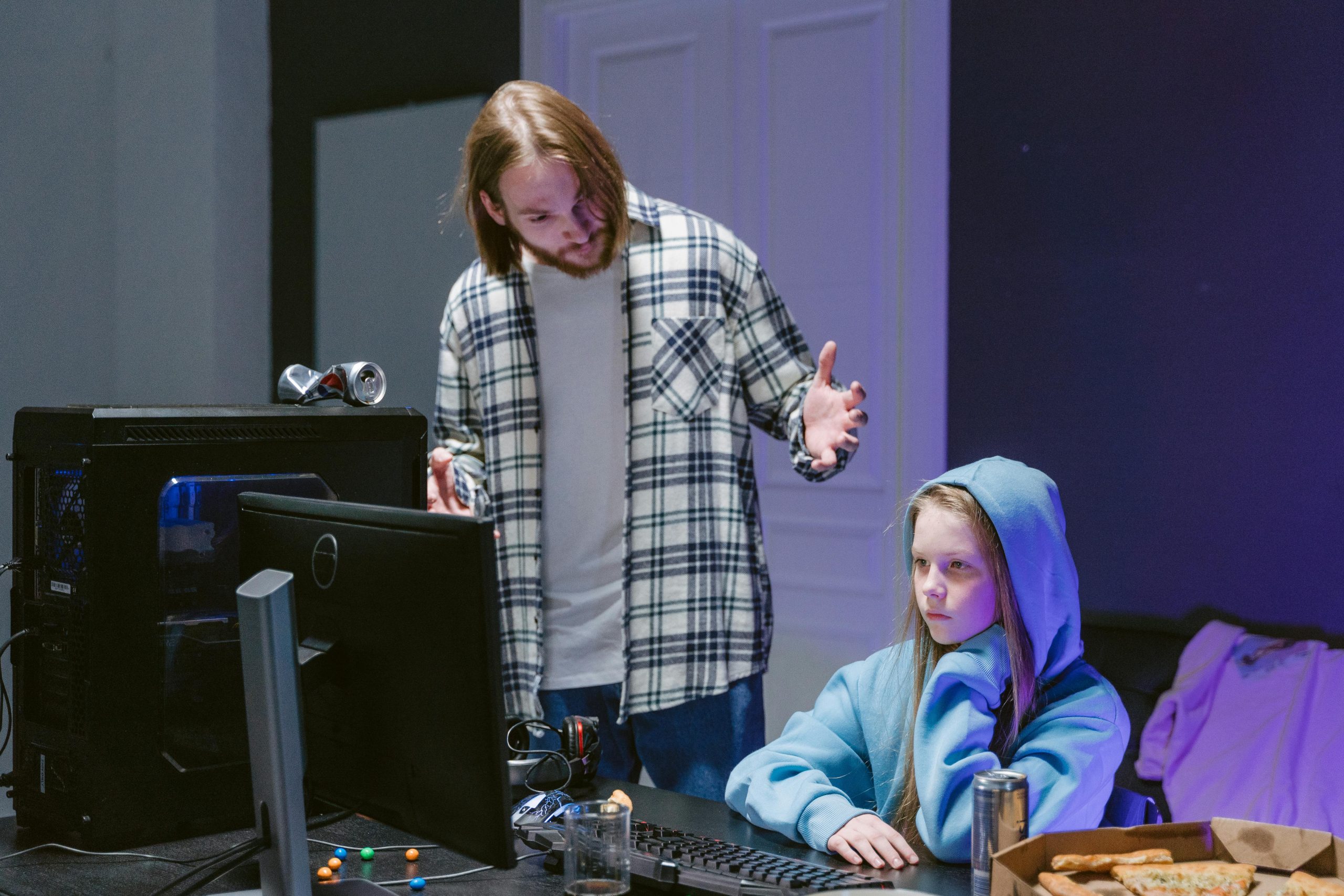How Can Non-Singers Use AI to Make Politicians Perform Like Singers?
Unlocking the Secrets of AI-Generated Singing: How Voices of Politicians and Celebrities Are Brought to Life
In recent years, artificial intelligence has revolutionized how we create and manipulate audio content. One fascinating development is the ability to make ordinary speech or static voice recordings of politicians and celebrities sound as if they are singing popular songs. This technology sparks curiosity: if these prominent figures are not singers by profession, how is it possible to transform their voices into melodious performances?
Understanding the process behind AI-driven voice synthesis reveals a complex interplay of advanced machine learning models and audio processing techniques. Essentially, these systems analyze existing speech samples to learn the unique vocal characteristics—such as tone, pitch, and cadence—of a given individual. Once this voice profile is established, the AI can generate new audio in the same voice, but with different content.
To make a voice “sing,” the AI models are typically trained with datasets that include both normal speech and singing performances. Through training, the system learns how to modify speech features to mimic singing qualities, such as sustained notes, pitch variations, and melodic intonation. By adjusting parameters, the AI can effectively create a convincing singing voice that retains the identity of the original speaker.
Techniques like neural vocoders and deep learning models—such as those based on generative adversarial networks (GANs) or transformer architectures—are instrumental in this transformation. These tools can synthesize high-quality audio outputs that sound remarkably realistic, even transforming a politician’s speech into a song in their voice.
While the specifics involve sophisticated algorithms and extensive data training, the fundamental concept is that AI models learn to map speech patterns to singing expressions, enabling the creation of musical performances from speech recordings. This emerging technology offers exciting possibilities for entertainment, political satire, and digital content creation, but also raises questions about authenticity and ethical use.
In summary, the magic behind AI-generated singing lies in the power of machine learning to capture and replicate the unique vocal traits of individuals, then manipulating those traits to produce melodious renditions—regardless of whether the original source was spoken words or singing. It’s a testament to how rapidly technology is advancing the boundaries of audio synthesis and creative expression.














Post Comment